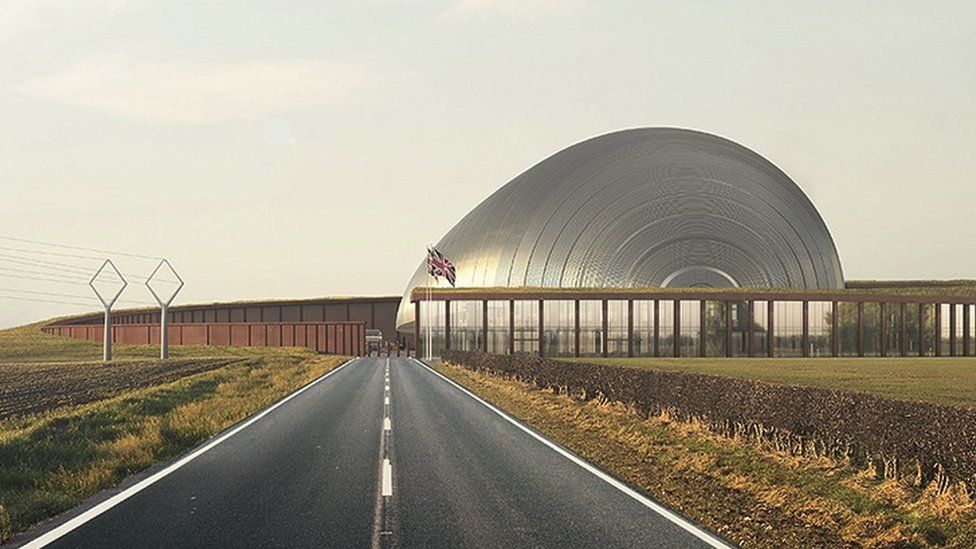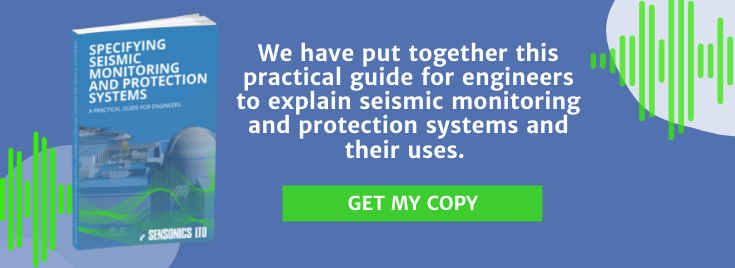Why Demand is Growing for Small Modular Reactors (SMRs)
Small Modular Reactors (SMRs) are being talked about in many circles – particularly as the Government has invested £210m to create the Rolls Royce Small Modular Reactor Business, which will construct 16 SMRs in the next 25 years to help achieve net-zero by 2050.
What Are Small Modular Reactors?
Utilising the same technology originally developed for nuclear-powered submarines, where space is at a premium, Small Modular Reactors are nuclear fission reactors that are considerably smaller than conventional versions used in power stations. SMRs are constructed in sections in a plant before being transported to and assembled on site.
A power station with an SMR would take up only a fraction of the footprint of a conventional nuclear plant, approximately the size of two football pitches, but would generate enough electricity for a million residential properties. To produce the equivalent power by wind would require over 150 offshore turbines.
How Demand For SMRs Is Growing
In 2019, the global market for Small Modular Reactors was worth $4.57bn. By 2027, this figure is predicted to have increased to £10.42bn, at a Compound Annual Growth Rate of nearly 12 percent.
Demand for SMRs is being fuelled by their ability to provide flexible power generation for a range of applications. As power stations fired by fossil fuels become obsolete and governments advance plans for cleaner forms of energy to stave off the climate crisis, Small Modular Reactors promise to deliver important benefits:
- Lower Build Cost: Due to their modular design, SMRs require limited preparation on-site and significantly less construction time. With a much simpler design than larger reactors, SMRs are cheaper and quicker to construct.
- Increased Efficiency: Small Modular Reactors can be combined with other sources of energy, such as fossil fuels and renewables, to deliver higher levels of efficiency and resilience.
- Robust Safety: Nuclear energy has a negative reputation, largely unfairly, but modern SMRs are designed to incorporate enhanced safety features in line with current regulations, which will hopefully sway many nuclear critics in favour of the option. Barriers to withstand aircraft crashes are standard in SMR design, while other vulnerabilities, including earthquake protection and ‘hands-free’ operation, are also addressed.
- Economic Gains: SMRs are believed to be economically competitive as the mass production of modular components will reduce the kilowatt cost of electricity. However, the financial benefits run deeper still: a single SMR would create thousands of jobs and generate £billions in sales, earnings, and tax receipts. With Small Modular Reactors, low-cost clean energy is the objective, which is an essential aspect of economic growth and will play a greater role as industry electrifies over the coming decades.
Contact us for more information
Sensonics are the UK’s leading provider of specialised instrumentation solutions for nuclear power plants, including seismic protection and event recording.
To find out more about our services, please contact us today on 01442 876833.
Image Source: Rolls-Royce SMR



